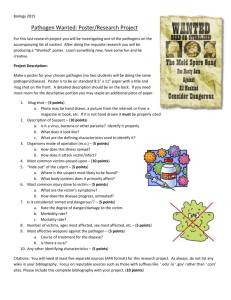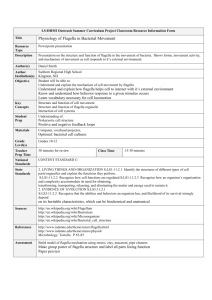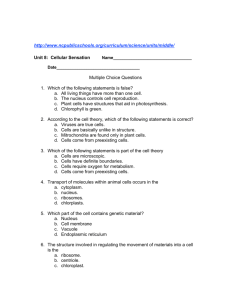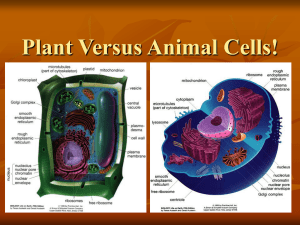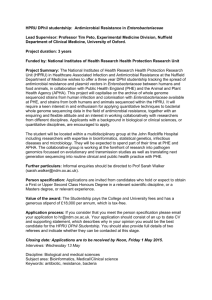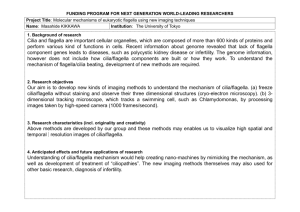Lecture 10
advertisement
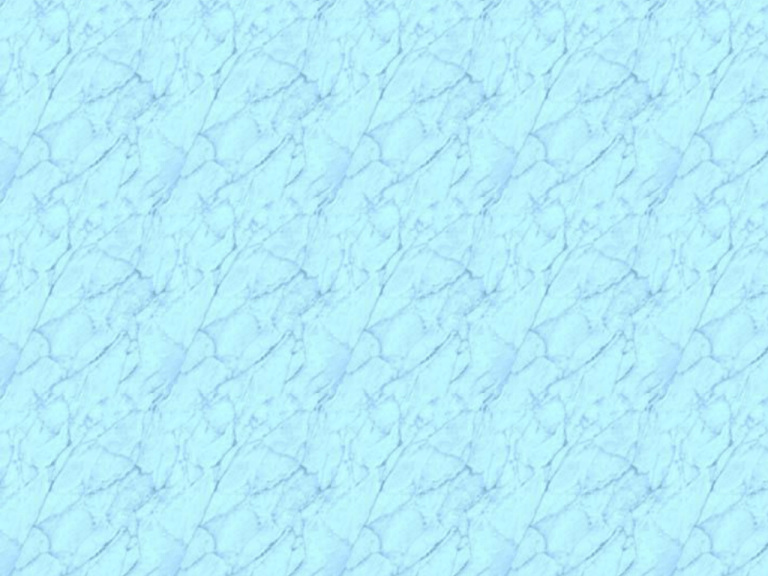
Introduction to Enterobacteriaceae Enterobacteriaceae Small gram-negative rods (2-5 by 0.5 microns) Most motile with peritrichous flagella • Shigella and Klebsiella are nonmotile Oxidase-negative facultative anaerobes Reduce nitrate Ferment glucose and other carbohydrates Many genera • Escherichia, Salmonella, Shigella, Klebsiella, Proteus, Enterobacter, Yersinia, etc. Some strains opportunistic pathogens Some strains true pathogens • Salmonella, Shigella, Yersinia, some strains of E. coli Distinguishing Properties Associated with All Enterobacteriaceae: Ferment glucose Reduce nitrates NO3 to NO2 or all the way to N2 Oxidase negative Gram-Positive Cell Wall GramNegative Cell Wall Antigenic Structure of Enterobacteriaceae S. typhi O antigen side chain (Fimbriae) Diversity of Activities Associated with LPS EXOTOXIN ENDOTOXIN 1. Released from the cell before 1. Integral part of cell wall or after lysis 2. Protein 2. Endotoxin is LPS; Lipid A is toxic component 3. Heat labile 3. Heat stable 4. Antigenic and immunogenic 5. Toxoids can be produced 4. Antigenic; ??immunogenicity 6. Specific in effect on host 6. Many effects on host 7. Produced by gram-positive and gram-negative organisms 7. Produced by gram-negative organisms only 5. Toxoids cannot be produced Structure of Lipopolysaccharide Structure of Lipid A Hydrophobic Lipid A is endotoxic component Structure of Core Polysaccharide KDO is distinctive sugar moiety in core polysaccharide Repeat Units of O Antigen Side Chain Example: (Repeated up to 40 times) Mannose Abequose Rhamnose Galactose Heat stable O antigen is often used to serotype Taxonomic Descriptions of Prokaryotes Based on Numbers and Arrangements of Flagella Tuft of Taxonomic Descriptions of Prokaryotes Based on Numbers and Arrangements of Flagella (cont.) Polar Lateral Peritrichous Mixed Monotrichous, a single flagellum at one or both ends of the cell Multitrichous, two or several flagella at one or both ends of the cell Flagella arise predominantly from the middle pole of the cell Monotrichous, one flagellum Multitrichous, several flagella in the form of a tuft originating from the midportion of the cell Random, haphazard arrangement of flagella scattered around the bacterial cell Two or more flagella exhibiting distinctly different physical properties in different regions of the bacterial cell Proteus vulgaris • Hypermotile • Swarming growth Escherichia coli Family Enterobacteriaceae Certain E .coli strains can be considered true pathogens True pathogen (nonmotile) (nonmotile) True pathogen True pathogen Medically Important Enterobacteriaceae Citrobacter species Enterobacter spp. Escherichia spp. Klebsiella spp. Morganella spp. Proteus spp. Salmonella spp. Serratia spp. Shigella spp. Yersinia spp. Incidence of Enterobacteriaceae Associated with Bacteremia Sites of Infections with Members of the Enterobacteriaceae DNA Relatedness Among Common Enterobacteriaceae REVIEW Distinguishing Properties Associated with All Enterobacteriaciae: Ferment glucose Reduce nitrates NO3 to NO2 or all the way to N2 Oxidase negative REVIEW GramNegative Cell Wall REVIEW Antigenic Structure of Enterobacteriaceae S. typhi O antigen side chain REVIEW (Fimbriae) EXOTOXIN ENDOTOXIN 1. Released from the cell before 1. Integral part of cell wall or after lysis 2. Protein 2. Endotoxin is LPS; Lipid A is toxic component 3. Heat labile 3. Heat stable 4. Antigenic and immunogenic 5. Toxoids can be produced 4. Antigenic; ??immunogenicity 6. Specific in effect on host 6. Many effects on host 7. Produced by gram-positive and gram-negative organisms 7. Produced by gram-negative organisms only 5. Toxoids cannot be produced REVIEW Structure of Lipopolysaccharide REVIEW Taxonomic Descriptions of Prokaryotes Based on Numbers and Arrangements of Flagella Tuft of REVIEW Family Enterobacteriaceae Certain E .coli strains can be considered true pathogens True pathogen (nonmotile) (nonmotile) True pathogen True pathogen REVIEW Sites of Infections with Members of the Enterobacteriaceae REVIEW
